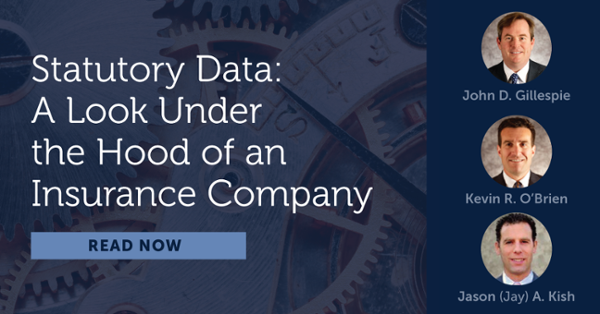Over the past two weeks we have explored the concept of using other types of data (non-GAAP) to enhance our analysis on publicly-traded companies. This week, we focus on Consumer Companies.
Again, we ask the question: if you had access to more detailed information other than the GAAP (Generally Accepted Accounting Principles), wouldn’t you use it? It turns out, there are ample sources of Non-GAAP data for many of the companies we look at, if you are willing to do the extra work.
Consumer Companies
When looking at the Consumer sector (consumer packaged goods, restaurants, retailers) we look at various non-GAAP data points:
- Retail sales and market share analytics from third-party research companies like Nielsen
- Restaurant industry reports from Black Box Intelligence or Knapp-Track
- In-store channel checks, which can provide unique insights into pricing strategies, promotional activity, shelf display, in-stocks, etc.
- Our own assessment of new product quality
- Social Media sites like Yelp, Twitter, or Instagram that provide insights to both brand positioning and how brands are being perceived by customers
The opinions of company management and flashy marketing techniques can tell a certain story about a new product or dining concept, but, at the end of the day, the battle for market share is decided by the end consumer choosing one product or service over another. We feel that it is of the utmost importance to understand what drives consumer preference in order to find brands that sustainably command strong market shares. This is why we strive to eat/taste, feel/touch, smell, and experience the product or services provided by each consumer company we look at.
When thinking about consumer preference, it is important to understand that a product or service’s perception can vary amongst different demographics. This is why we try to compile as much data as possible when we conduct our grassroots research. We gather insights from different geographies, age ranges, and income levels in order to avoid bias in our decision making. Oftentimes we interview shopkeepers, store attendants, waiters, and bartenders to learn from their unique perspective on the other side of the proverbial checkout counter.
We then take this data, analyze it, and then use it to forecast how it will effect a company’s financial results. As a result of these efforts, we seek to gain an informational advantage over the market by identifying successful products before management declares victory on their next quarterly earnings call and analysts adjust their estimates accordingly.
Interested in reading more?
Here are links to the previous two blogs on this subject of using statutory data to enhance analysis:
We also recently published an in-depth report on how we analyze insurance companies, so if this content is of interest to you, please click here to download the report.
If you would like to be notified when we release new blogs and more in-depth content, please let us know!
Just complete the form on this page and we will deliver our insights to your inbox once per week.


